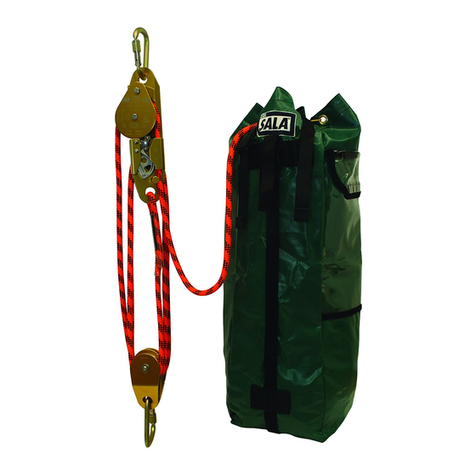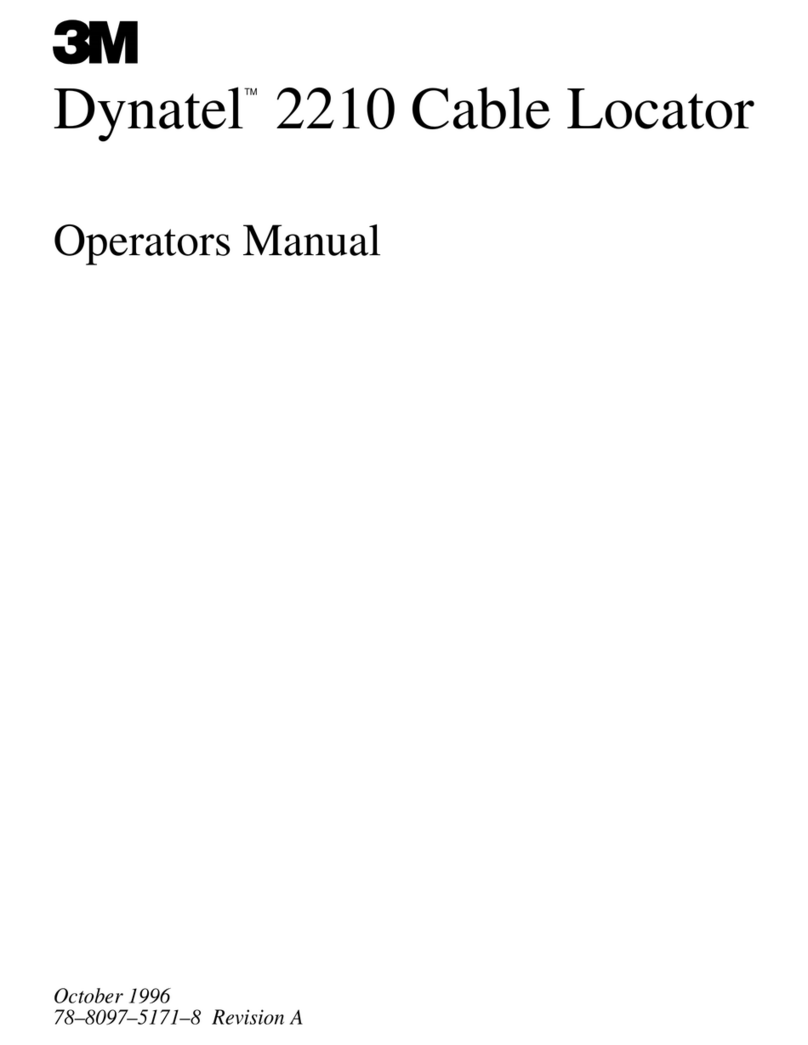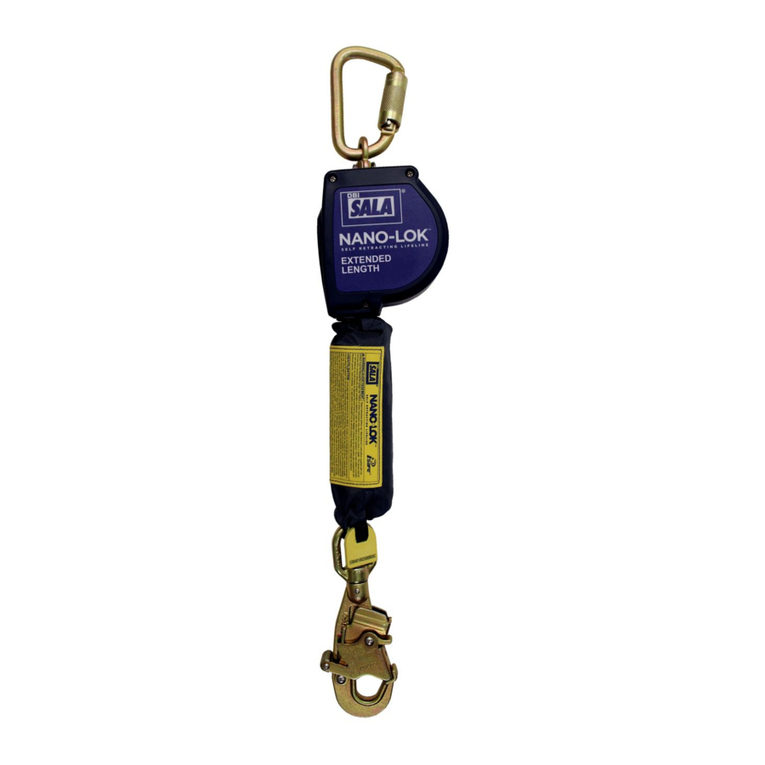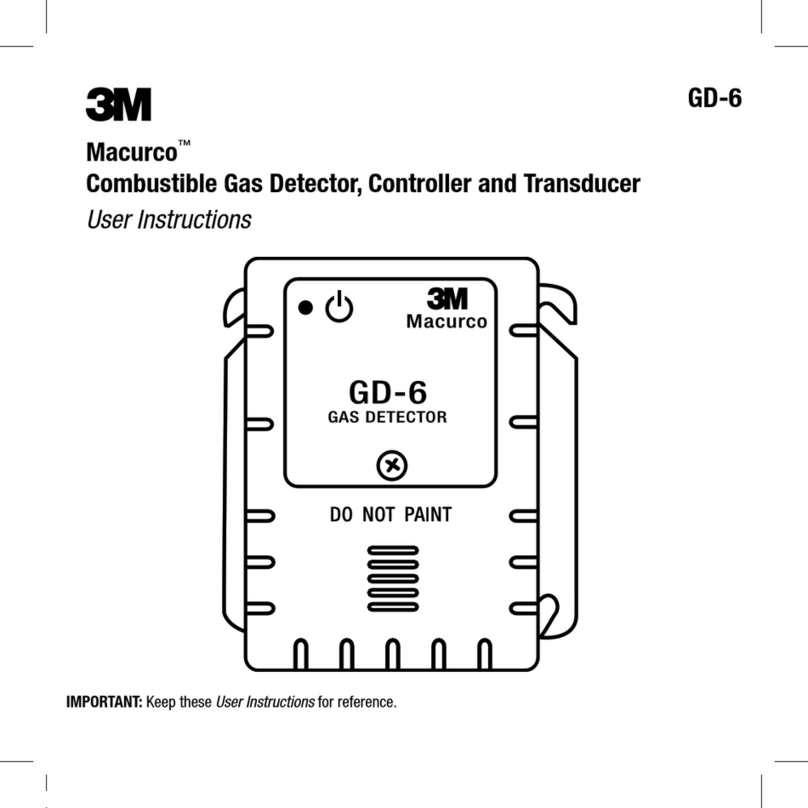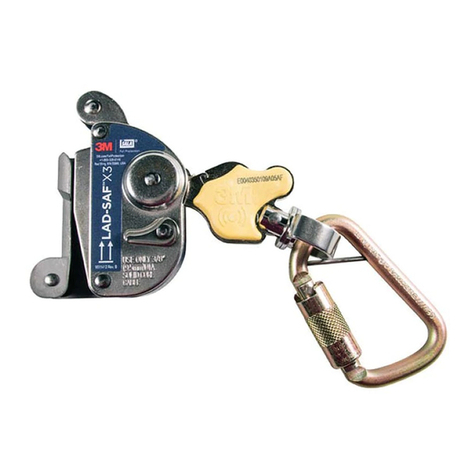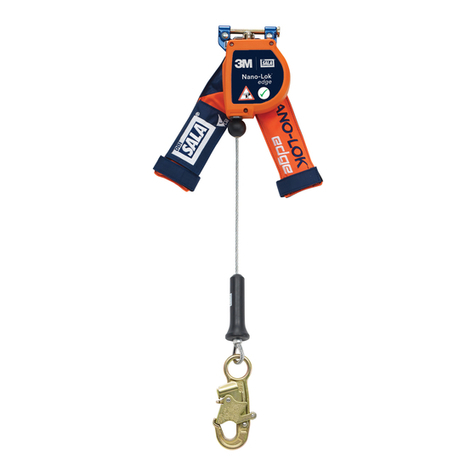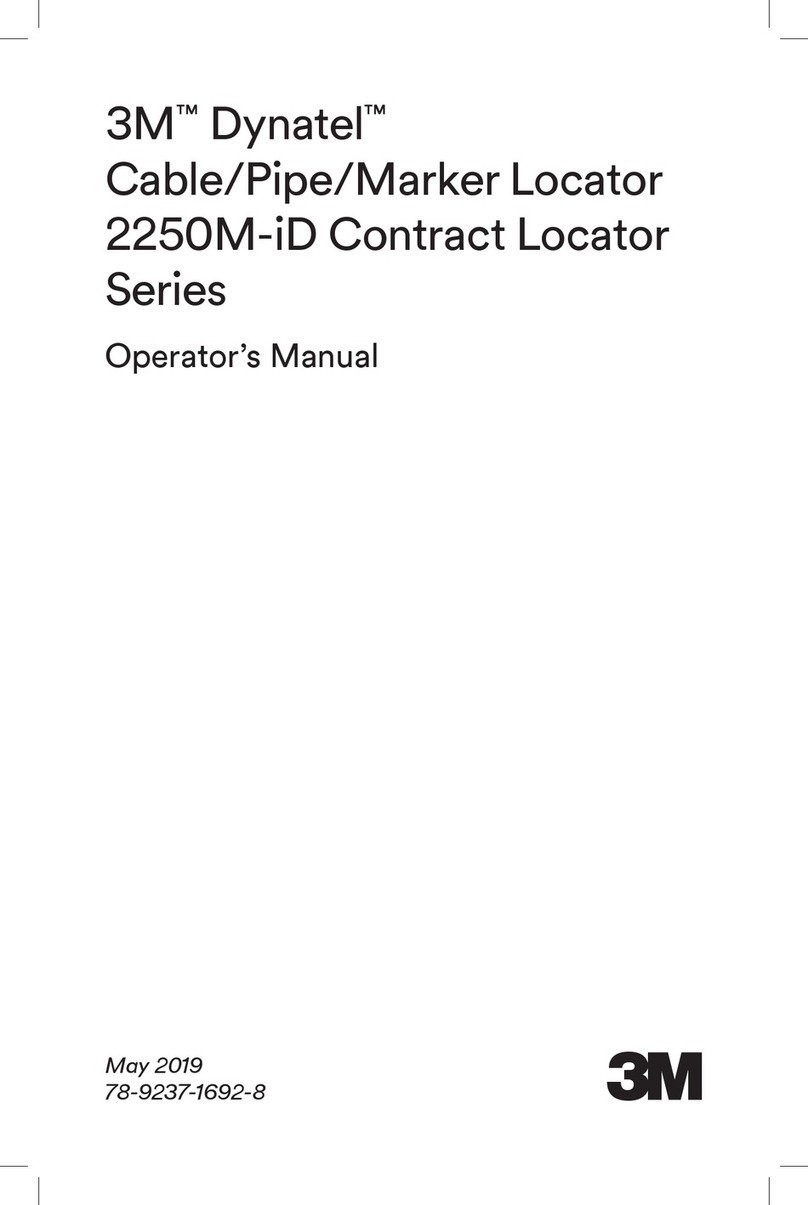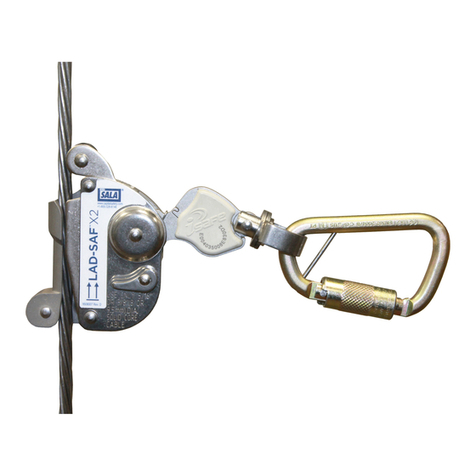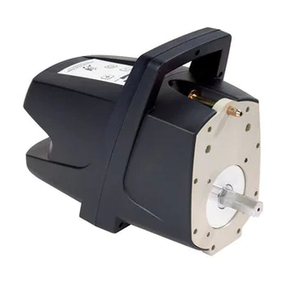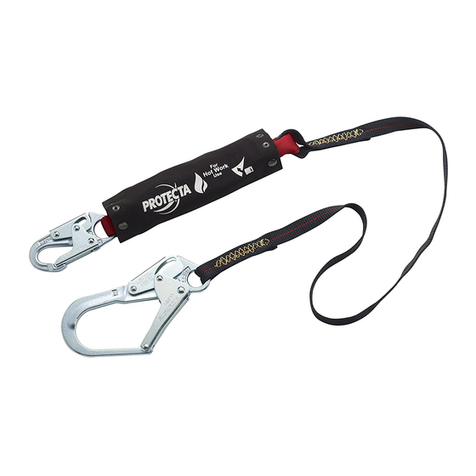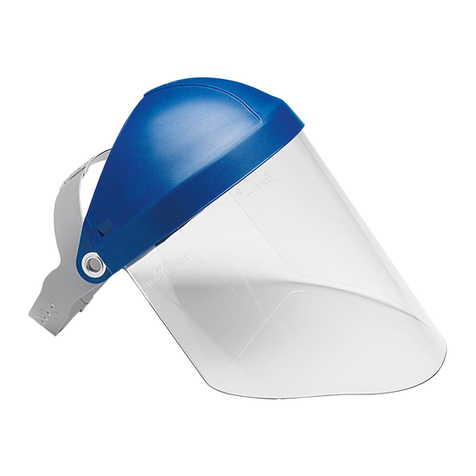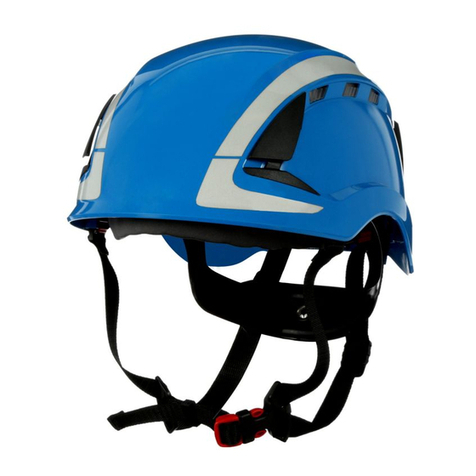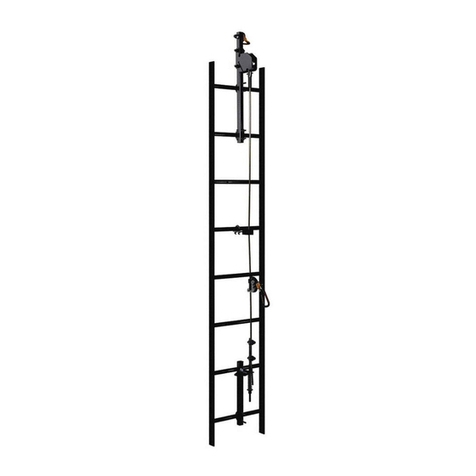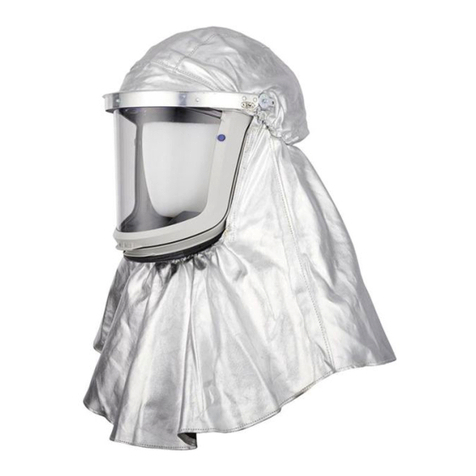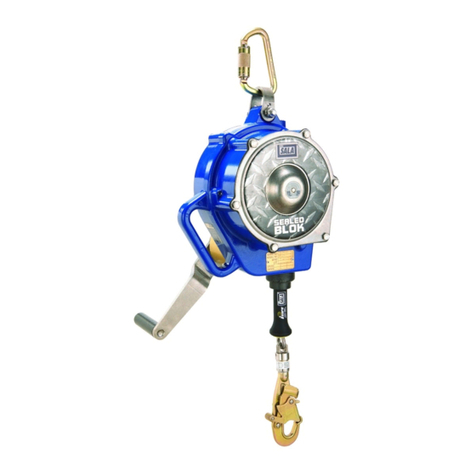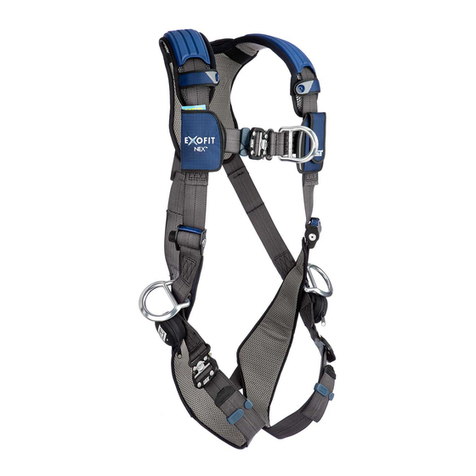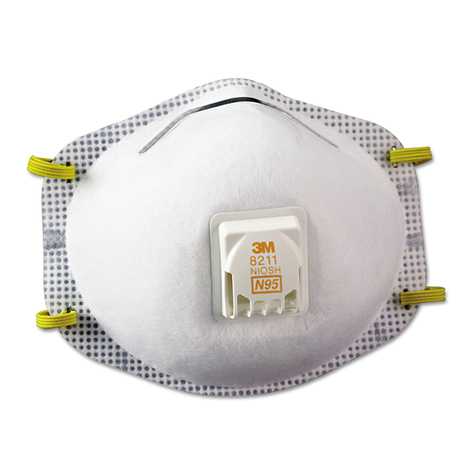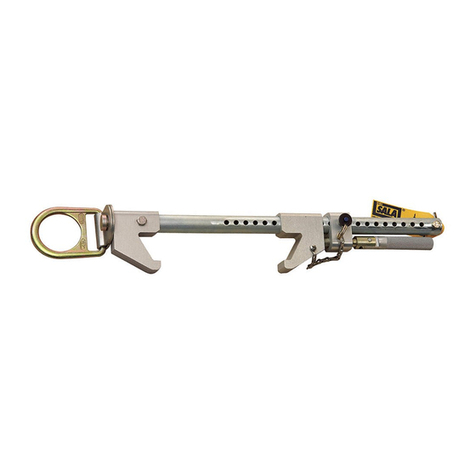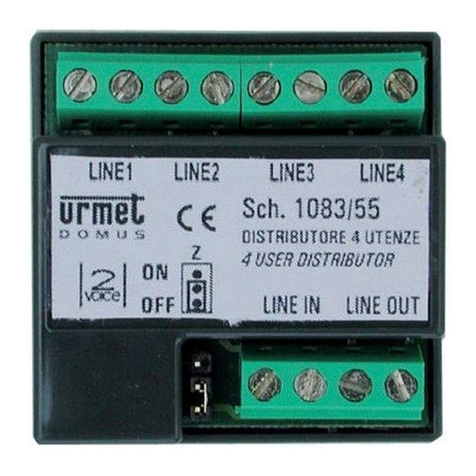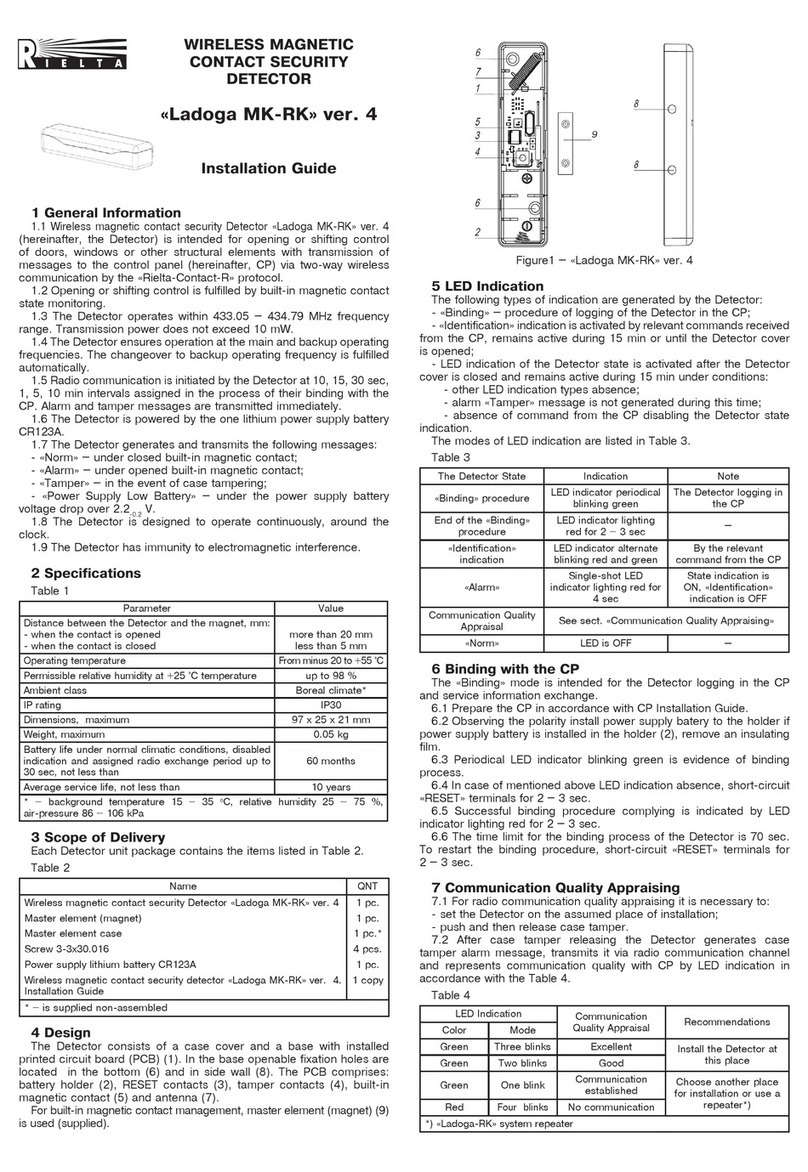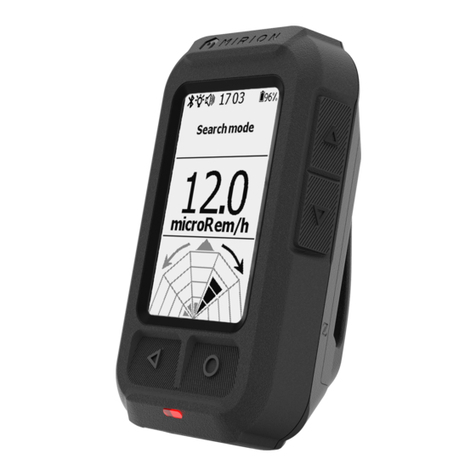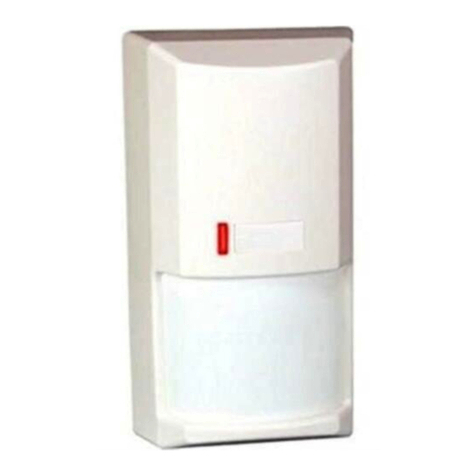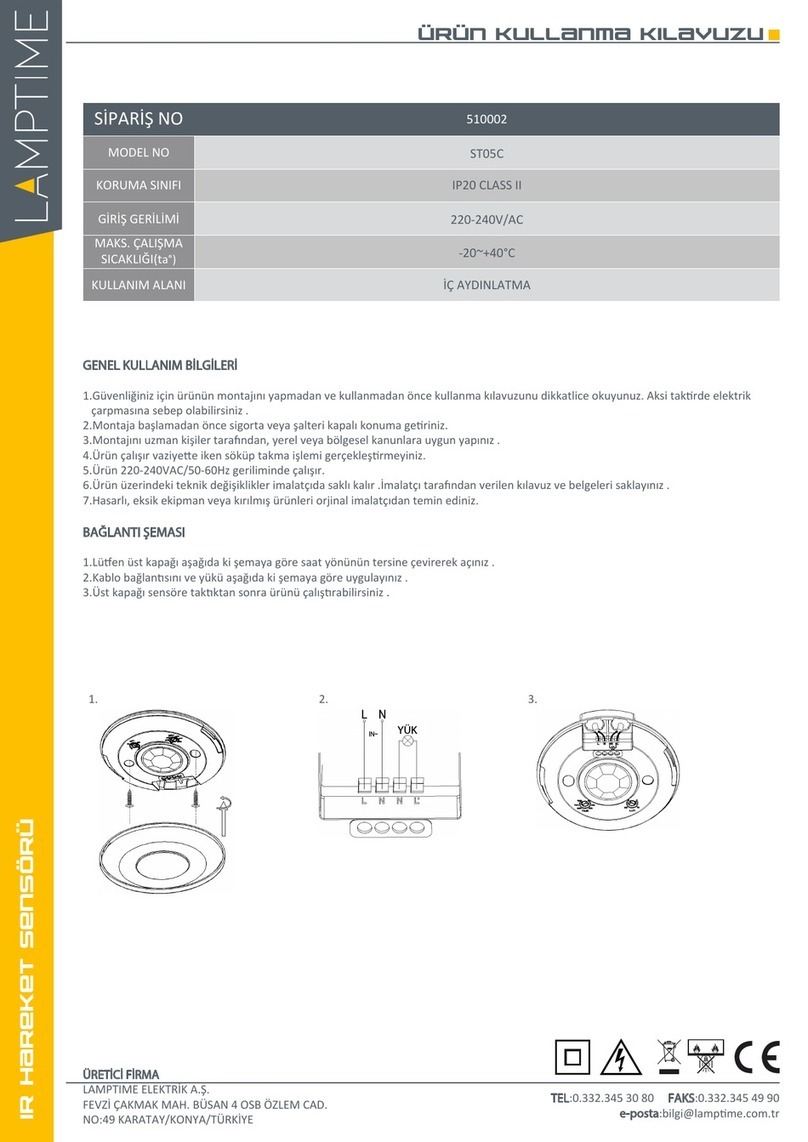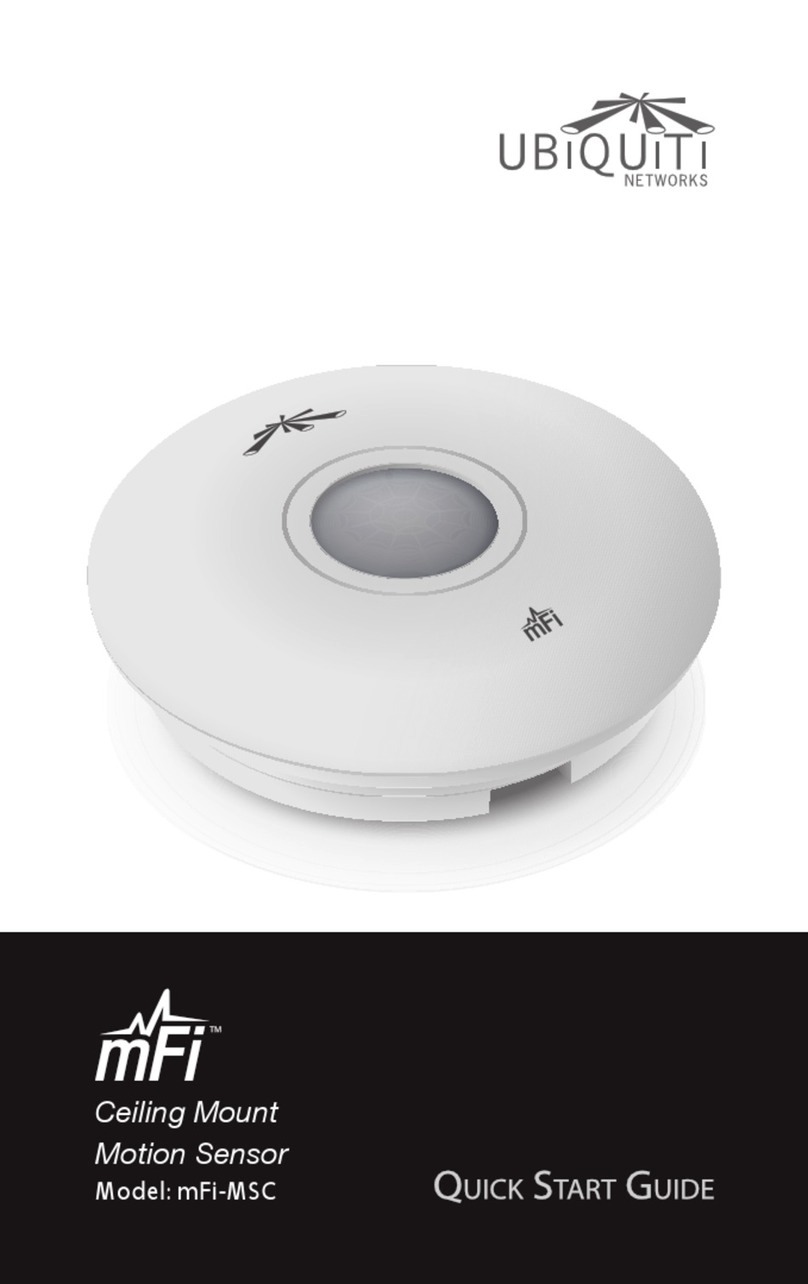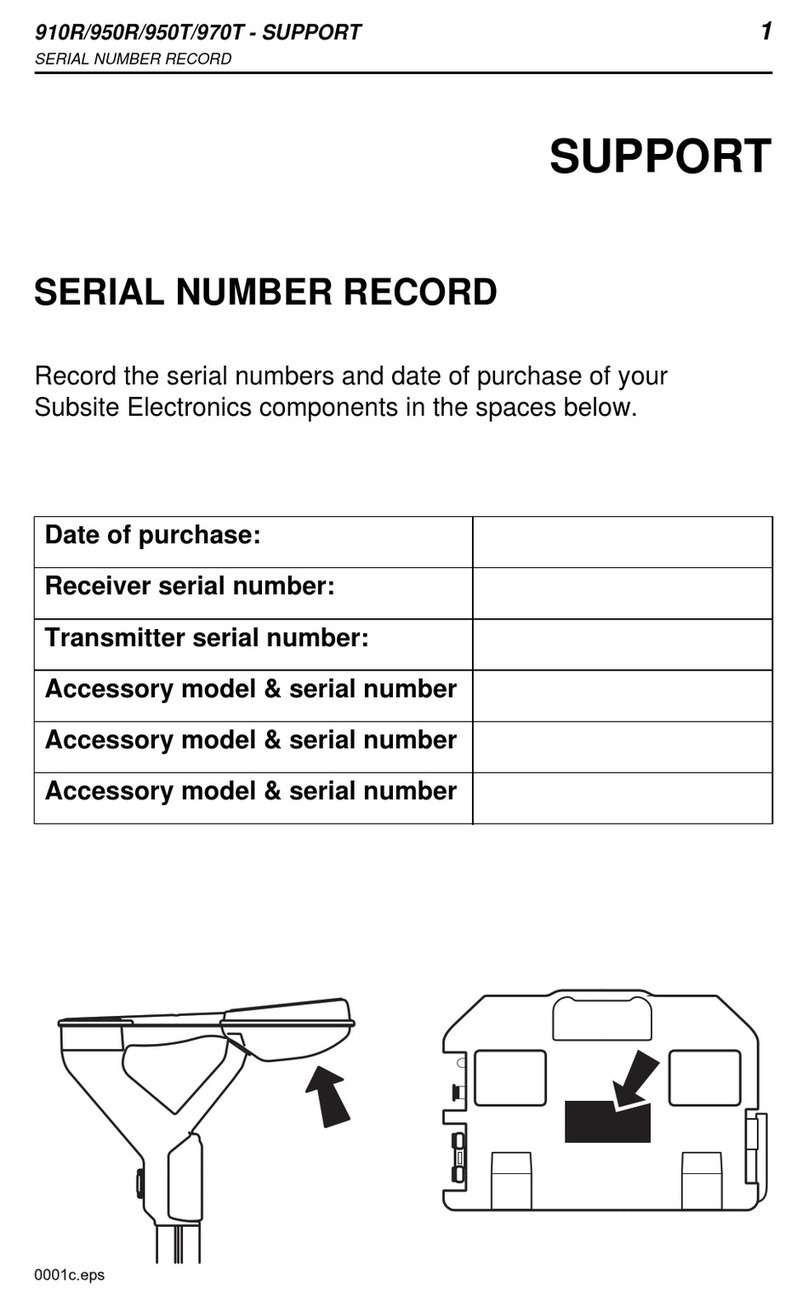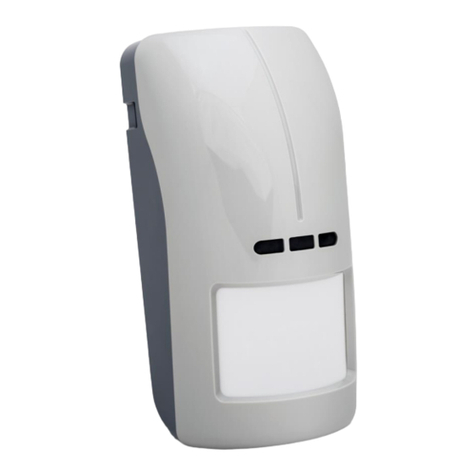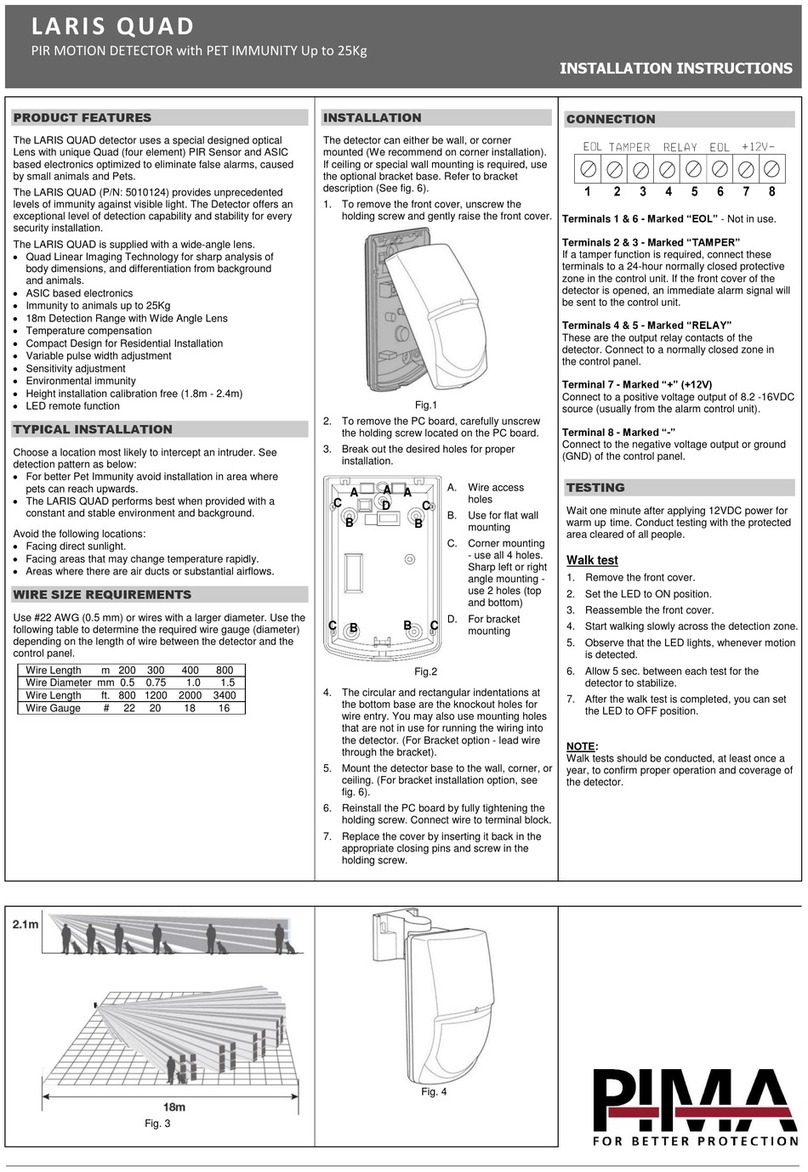
2
(Français)
FR
• Le Test3MPetrilmRCC n’a pas été testé avec la totalité des produits alimentaires, des processus de transformation
des aliments, des protocoles d’analyses ou des souches possibles de coliformes ou d’autres bactéries.
• Les Tests3MPetrilmRCC ne permettent pas de faire de distinction entre diérentes souches de coliformes.
• Ne pas utiliser les Tests3MPetrilmRCC pour faire des diagnostics sur l’homme ou l’animal.
Consulter la che de données de sécurité pour plus d’informations.
Pour obtenir une documentation sur la performance de ce produit, veuillez consulter notre site Internet
www.3M.com/foodsafety ou contacter un représentant ou distributeur 3M local.
Responsabilité de L’utilisateur
Il incombe aux clients et aux utilisateurs de connaître les instructions et les informations. Veuillez visiter notre site
www.3M.com/foodsafety pour consulter les instructions les plus récentes ou contacter votre représentant ou
distributeur 3M. Lors du choix d’une méthode de test, il est important d’admettre que des facteurs externes comme les
méthodes d’échantillonnage, les protocoles de test, la préparation des échantillons, la manipulation et les techniques
de laboratoires peuvent inuencer les résultats. L’échantillon alimentaire lui-même peut avoir une incidence sur
les résultats. Par exemple, les aliments à teneur élevée en sucre risquent d’augmenter le potentiel de croissance
d’entérobactéries non coliformes productrices de gaz.
Il incombe à l’utilisateur de sélectionner une méthode d’analyse pour évaluer un nombre susant d’échantillons avec les
matrices et les épreuves microbiennes appropriées an de garantir que la méthode d’analyse réponde aux critères de
l’utilisateur.
Il incombe également à l’utilisateur de déterminer si une méthode d’analyse et ses résultats répondent aux exigences de
ses clients ou fournisseurs.
Comme avec n’importe quelle méthode de test, les résultats obtenus avec ce produit ne constituent pas une garantie de
la qualité des matrices ou des processus testés.
Limitation de garantie/Limites de Recours
SAUF SI EXPRESSÉMENT ÉTABLI DANS LA SECTION DE GARANTIE LIMITÉE D’UN EMBALLAGE DE PRODUIT
INDIVIDUEL, 3M RENONCE À TOUTE GARANTIE EXPLICITE ET IMPLICITE, Y COMPRIS, MAIS SANS S’Y LIMITER,
TOUTE GARANTIE DE COMMERCIALISATION OU D’ADAPTATION POUR UN USAGE SPÉCIFIQUE. En cas de défaut
de tout produit de Sécurité Alimentaire 3M, 3M ou son distributeur agréé s’engage, à son entière discrétion, au
remplacement ou au remboursement du prix d’achat du produit. Il s’agit de vos recours exclusifs. Tout défaut supposé
du produit devra être notié à 3M dans un délai de soixante jours et le produit renvoyé au fournisseur. Veuillez appeler
le Service clientèle (1-800-328-1671 aux États-Unis) ou votre représentant 3M en produits de microbiologie pour obtenir
une autorisation de renvoi.
Limitation de Responsabilité de 3M
3M NE SERA PAS TENUE RESPONSABLE DES PERTES OU DES DOMMAGES ÉVENTUELS, QU’ILS SOIENT DIRECTS,
INDIRECTS, SPÉCIFIQUES, ACCIDENTELS OU CONSÉCUTIFS, Y COMPRIS, MAIS SANS S’Y LIMITER, LES PERTES
DE PROFITS. En aucun cas et en aucune manière, la responsabilité de 3M ne sera engagée au-delà du prix d’achat du
produit prétendu défectueux.
Stockage et Élimination
Conserver les poches de Tests3MPetrilmRCC non ouvertes, réfrigérées ou congelées, à des températures inférieures
ou égales à 8°C (46°F). Juste avant leur utilisation, laisser les poches de Tests3MPetrilmRCC non ouvertes atteindre
la température ambiante (20 - 25°C / < 60% HR). Les ouvrir ensuite. Replacer les Tests3MPetrilmRCC non utilisés
dans l’emballage. Refermer hermétiquement les poches ouvertes avec un ruban adhésif après avoir plié sur lui-même
le côté ouvert. Ne pas réfrigérer les poches ouvertes pour éviter une exposition à l’humidité. Les poches rescellées
doivent être conservées dans un endroit frais et sec un mois au maximum.
Lorsque la température d’un laboratoire dépasse 25°C (77°F), et/ou que ce laboratoire est situé dans une région où
l’humidité relative dépasse 50% (à l’exception des locaux climatisés), il est recommandé de conserver les poches de
Tests3MPetrilmRCC refermées au congélateur, comme indiqué ci-dessous.
Pour conserver les poches ouvertes de Tests3MPetrilmRCC dans un congélateur, les placer dans un récipient
étanche. Pour utiliser des Tests3MPetrilmRCC congelés, sortir les tests à utiliser de leur récipient et remettre
immédiatement les tests restants dans le congélateur, après les avoir replacés dans le récipient étanche. Les
Tests3MPetrilmRCC ne doivent pas être utilisés après leur date de péremption. Le congélateur utilisé pour
la conservation des poches ouvertes ne doit pas posséder de cycle de dégivrage automatique; en eet, les
Tests3MPetrilmRCC pourraient être endommagés en raison d’une exposition répétée à l’humidité.

